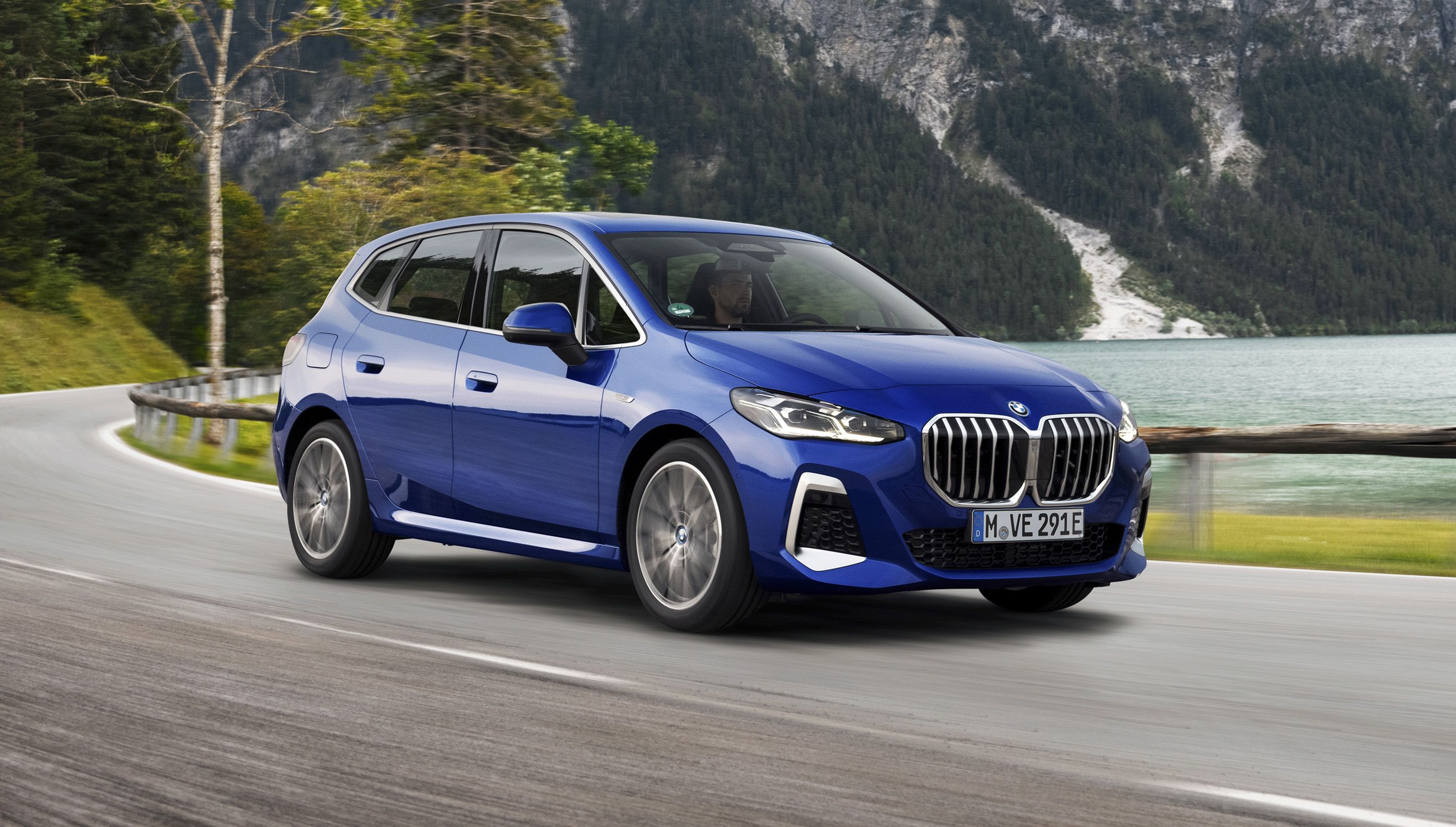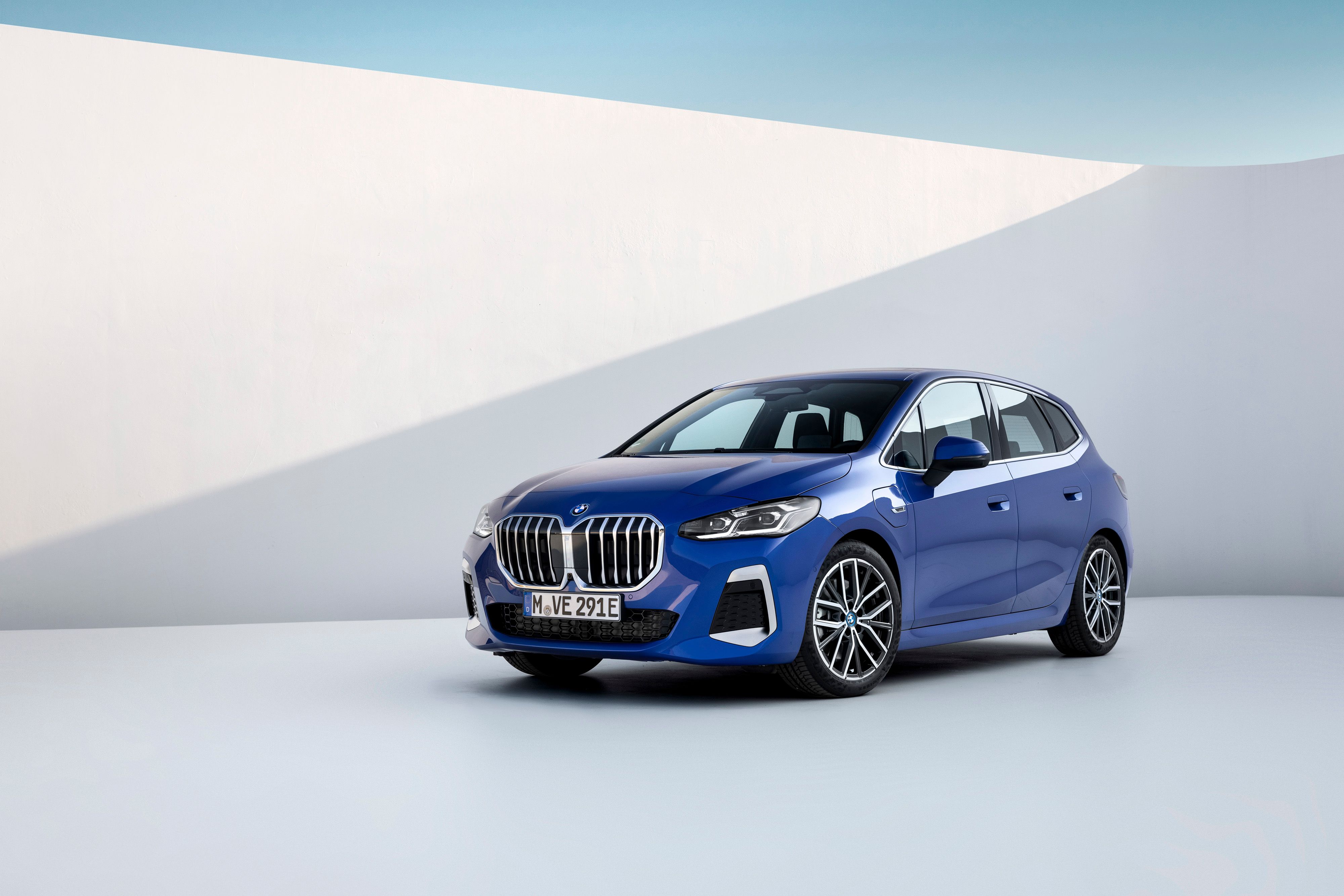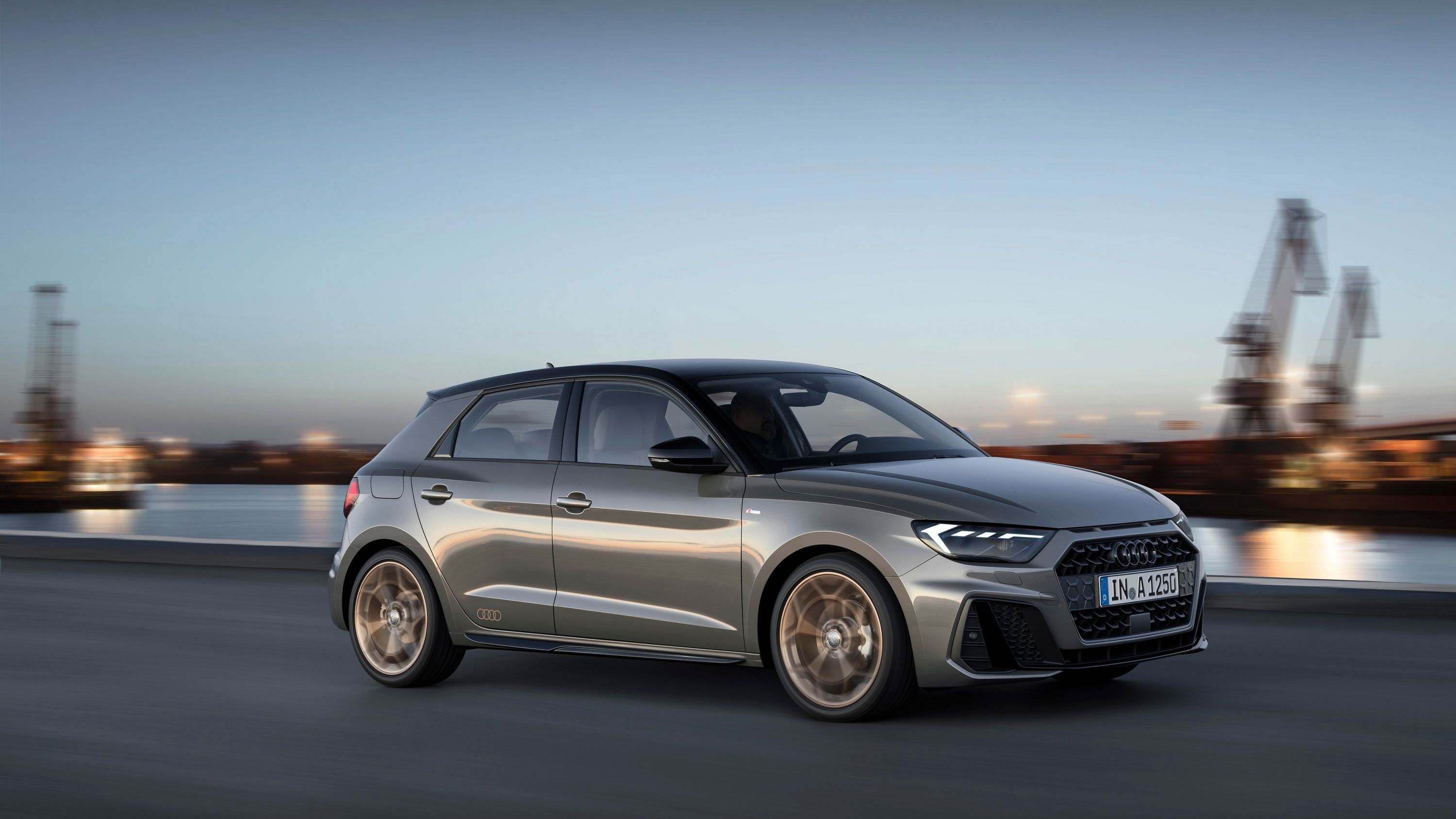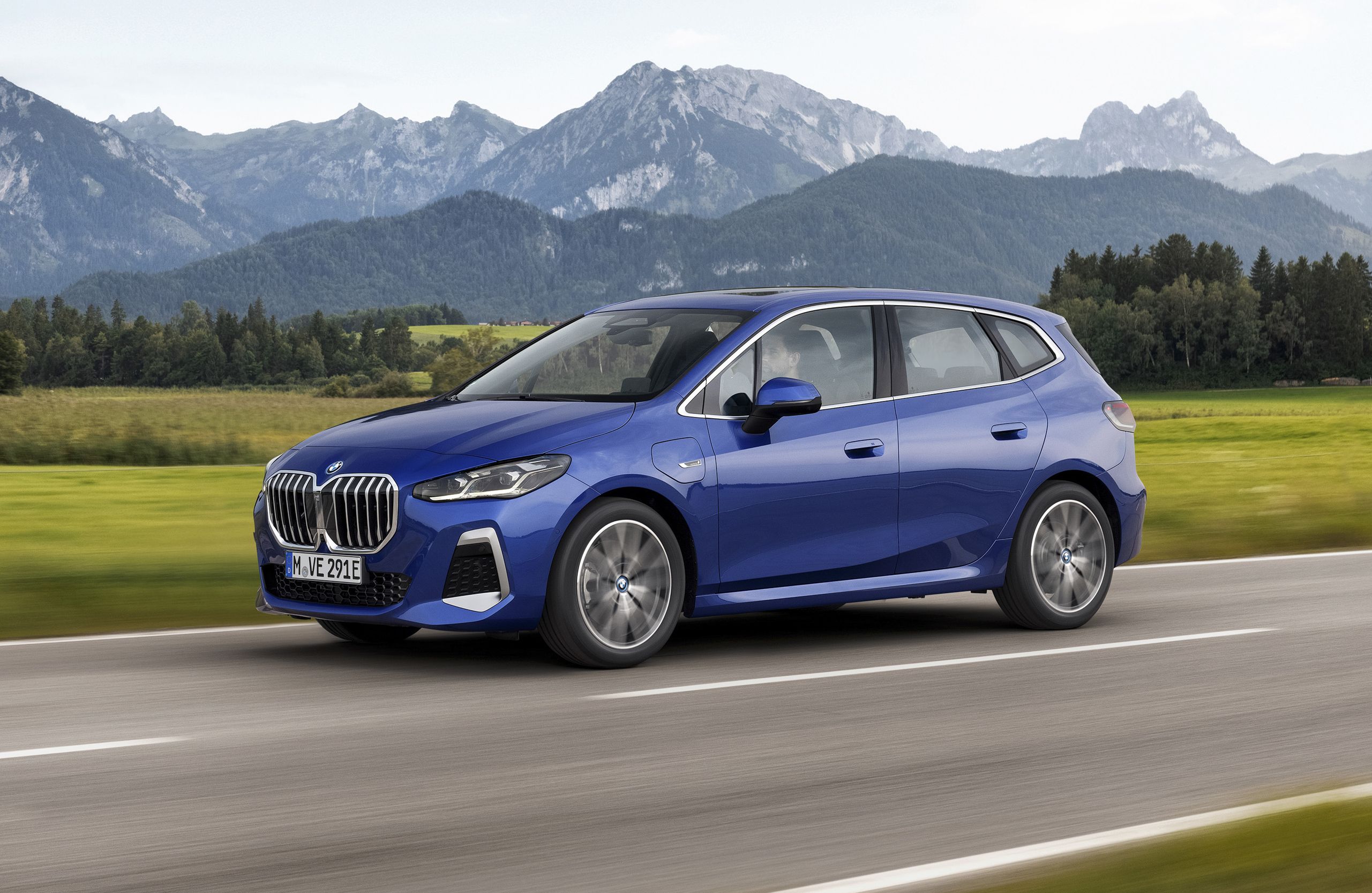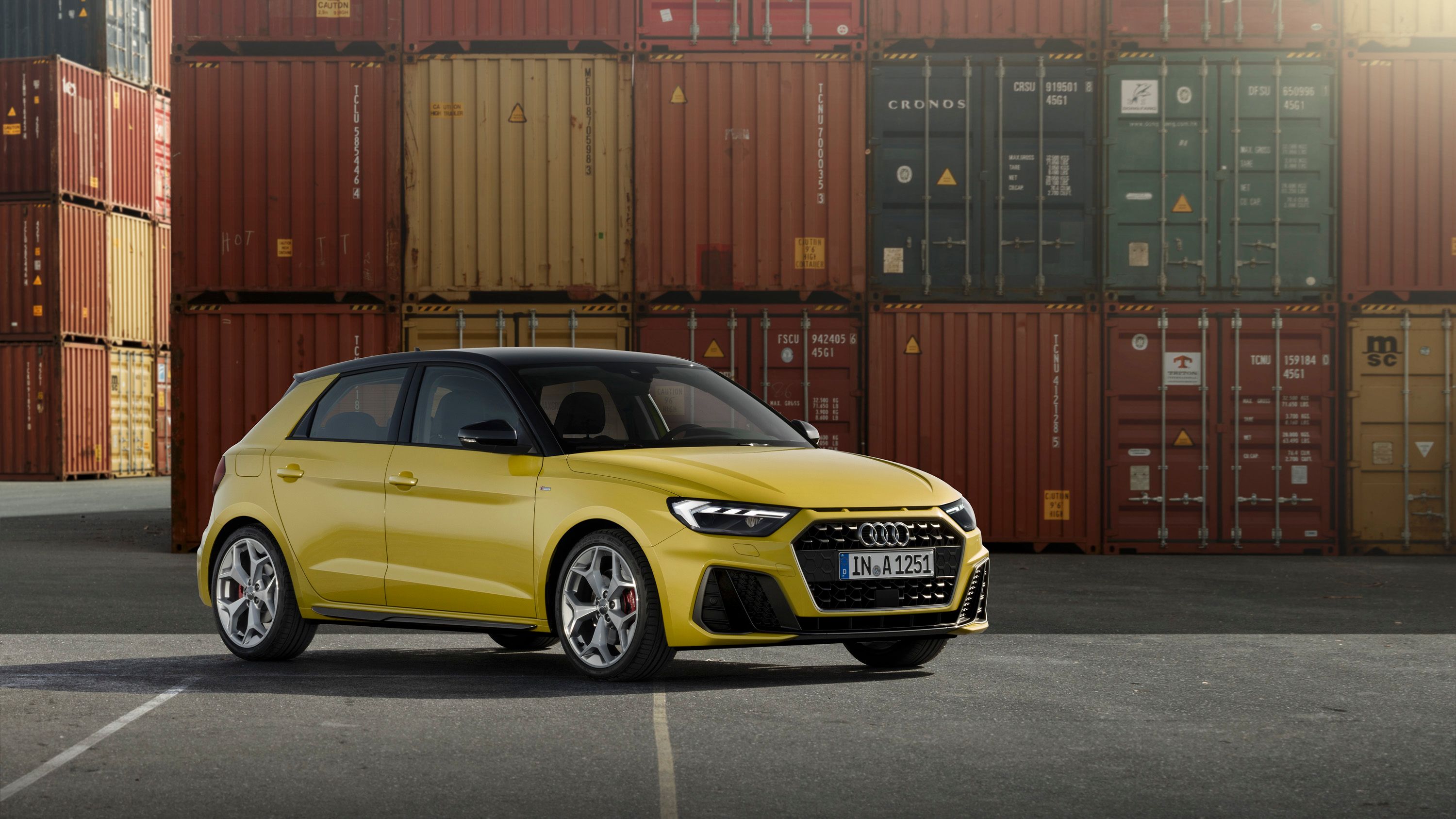When the world fell in love with SUVs, we also did automakers a favor. See, larger vehicles actually bring higher profit margins while smaller cars usually have razor-thin profit margins, if they even profit at all. Even with such a small profit margin, compact cars are somewhat of a necessity as they provide an entry point to a brand’s lineup and quite often lead to consumers purchasing larger cars with a higher profit margin in the future. This shift to stricter emissions regulations and electrification, however, is making it harder to justify having subcompact models, because they are becoming more expensive to produce yet must maintain their attractive entry-level price point. BMW is the latest automaker to recognize this and is currently weighing its options and reconsidering the future of its front-drive compact vehicles.
How Electrification and Emissions Are Killing Small Cars
BMW just launched a new front-driven 2 Series Active Tourer and a new fleet of front-driven Mini models will launch in 2023. All of these models ride on BMW’s UKL architecture that is getting up there in age. In fact, by 2027 it will be 12 years old and due for replacement. This becomes even more true with the passing of new Euro 7 regulations and the requirement that all new cars will eventually have to be plug-in hybrids with around 40 miles or so of range. This is something that the UKL architecture or any other smaller architecture will not be able to accommodate. The shift to the plug-in hybrid model alone would mean a larger architecture is needed. Development of that new larger platform, and the battery alone will eat up most of the razor-thin profit margin that was there.
According to Autocar sources, the situation unfolding around Euro 7 emissions and electrification standards has BMW reviewing all of the smaller UKL-based models in its lineup (including the Mini models coming next year). Senior planners and officials are currently looking into the business model of smaller vehicles and ultimately deciding if there’s still a business case for them beyond the current generation.
Essentially, that unnamed source is saying that even if there will be subcompact cars in the future, they may be limited to select markets like China. Even then, they will likely be what’s in demand, which means no coupes and no hatchbacks, just sedans. The other thing to think about is that BMW may not have rivals to give that segment away to. Audi has already confirmed that the Audi A1 hatchback and Q2 crossover will both be retired at the end of their life cycle. This just reinforces the notion that it’s becoming just too expensive and problematic to electrify and build small cars at an entry-level price point.
The other big takeaway here is that the introduction of Euro 7, when the rules are finalized this summer, could mean that automakers have to adjust their emissions strategy. The biggest issue will be that it could require larger catalytic converters, more catalytic converters, or both. This means that, along with extra floor space for hybrid battery storage, automakers will have to accommodate more emissions hardware. This, again, will lead to automakers building larger platforms and larger vehicles that will be more expensive, not only because of the new emissions hardware but because of their size as well.
The third part of this puzzle comes in the form of knowledge learned during the COVID pandemic. While smaller, cheaper, entry-level cars have such razor-thin margins, automakers made a killing from selling fewer more expensive, and higher-specced models during the COVID lockdown. With such a high profit margin, the concept of quality over quantity reared its ugly head once again and has all but convinced automakers to focus more on higher-priced models while shifting away from cheaper, entry-level models.
When you take all of this, throw it in a blender, and turn it on. The recipe always yields the same product: a world that is void of cheaper, entry-level models while mid-level and higher-specced cars become the new entry-level to most brands. Buying a new car 10 years from now, even at the entry-level, could be noticeably more expensive than it is now.

